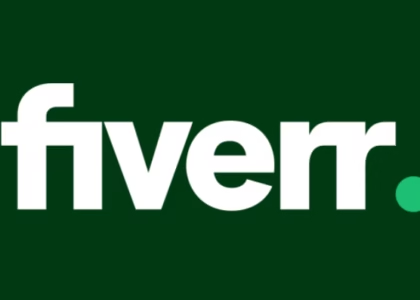PBN Links If you’re in the SEO game, you’ve probably heard of Private Blog Networks (PBNs). These networks have been used for years as a powerful, albeit controversial, way to boost rankings. But are they still relevant today? Let’s dive deep into what PBN links are and how they work.
Understanding Private Blog Networks (PBNs)
What is a PBN?
A Private Blog Network (PBN) is a collection of websites owned by a single entity, designed to pass link equity to a main site to improve its search rankings. These sites often have expired domains with existing authority, making them valuable for SEO.
How Does a PBN Work?
A PBN works by leveraging the authority of multiple websites to create backlinks pointing to a target site. This helps the main website rank higher in search engine results by increasing its authority and trustworthiness.
Benefits of Using PBN Links
- Faster ranking improvements
- Full control over anchor text and link placement
- Reduced reliance on outreach for backlinks
Types of PBNs
Expired Domain PBNs
These use domains that previously had content and backlinks, making them valuable for SEO.
Auctioned Domain PBNs
These are purchased at domain auctions and often have higher authority due to their previous owners.
Fresh Domain PBNs
These involve creating new domains and building authority over time, which is more time-consuming but less risky.
How PBN Links Affect SEO
Boosting Website Authority
PBN links pass on link juice from high-authority domains, increasing the credibility of your main site.
Improving Search Engine Rankings
More quality backlinks mean better rankings, making PBNs an attractive SEO tactic.
Risks Involved in Using PBN Links
- Google penalties
- Deindexing of PBN sites
- Loss of investment if discovered
Building a Private Blog Network
Finding High-Quality Domains
Look for expired or auctioned domains with strong backlink profiles and no spam history.
Hosting and IP Diversification
Avoid footprints by hosting each PBN site on different IPs and using various hosting providers.
Content Strategy for PBNs
Each PBN site should have unique, high-quality content relevant to its niche to avoid detection.
How to Use PBN Links Safely
Avoiding Google Penalties
Keep your PBN footprint-free by ensuring each site appears natural.
Best Practices for Link Placement
Use a mix of dofollow and nofollow links, vary anchor texts, and place links naturally within content.
Maintaining a Natural Link Profile
Don’t rely solely on PBN links—mix them with guest posts, niche edits, and other link-building strategies.
Alternatives to PBN Links
Guest Posting
Earn links naturally by writing valuable content for authoritative websites.
Niche Edits
Acquire backlinks by placing links in existing articles on high-authority sites.
Outreach Link Building
Engage in manual outreach to earn links from reputable sources.
Google’s Stance on PBN Links
Google’s Algorithm Updates
Google actively combats PBNs through updates and manual actions.
Penalties and Deindexing Risks
Sites caught using PBNs risk deindexing, loss of rankings, and penalties.
Case Studies of PBN Success and Failure
While some marketers report success with PBNs, many have faced penalties, making them a high-risk SEO tactic.
Conclusion
PBN links can be powerful for SEO but come with significant risks. If used improperly, they can lead to penalties and wasted investment. Safer alternatives like guest posting and niche edits are often a better long-term strategy.
FAQs
1. Are PBN links still effective in 2025?
Yes, but they are riskier than ever due to Google’s evolving algorithms.
2. Can you get penalized for using PBNs?
Yes, Google penalizes sites that use manipulative link schemes, including PBNs.
3. How much does it cost to build a PBN?
A quality PBN can cost anywhere from $500 to $5000 per site, depending on domain authority and hosting setup.
4. What are some safer alternatives to PBNs?
Guest posting, niche edits, and outreach link-building are safer and more sustainable alternatives.
5. How to detect if a website is part of a PBN?
Look for patterns in domain ownership, hosting providers, and backlink profiles to identify PBNs.






